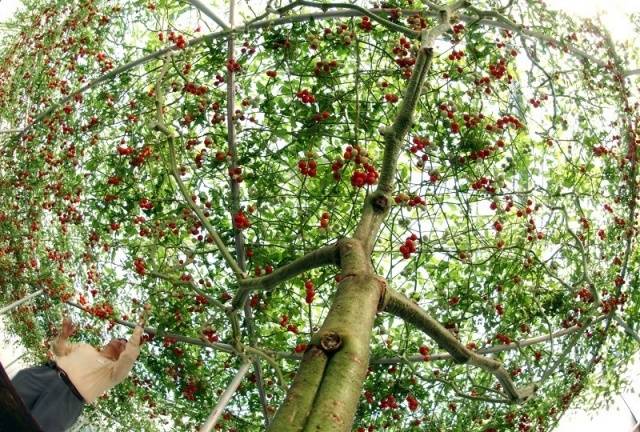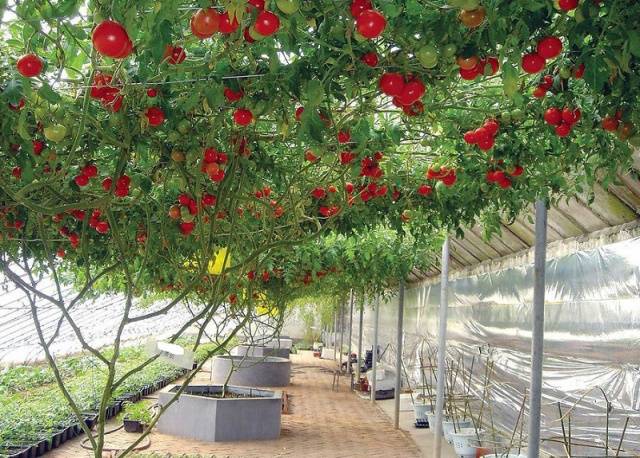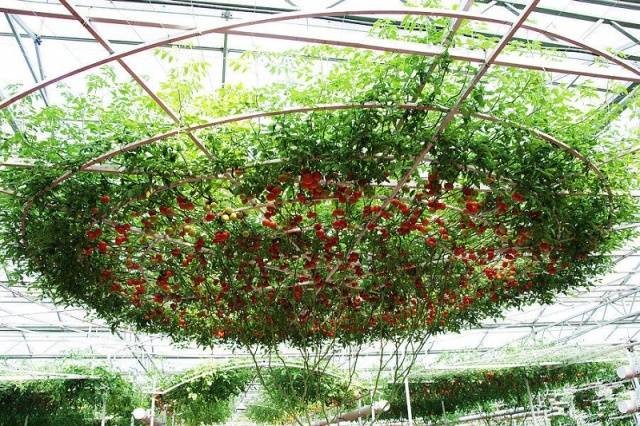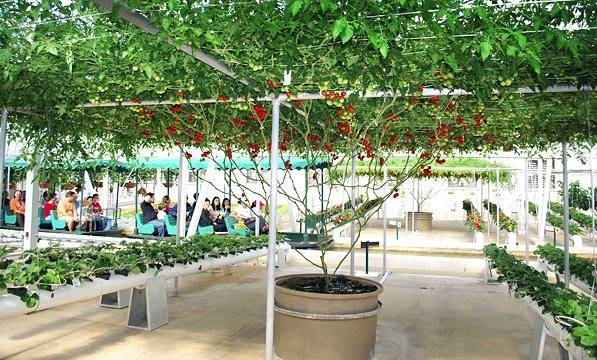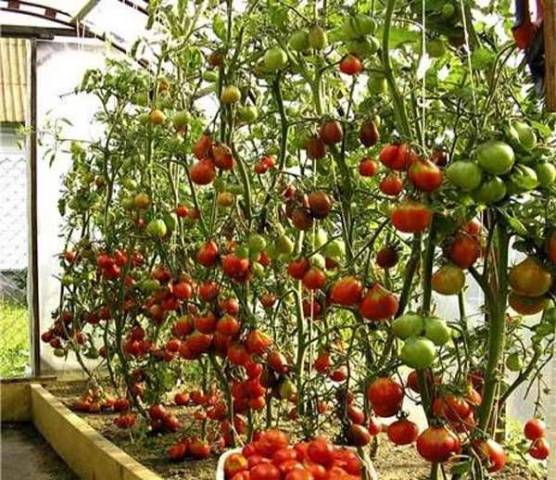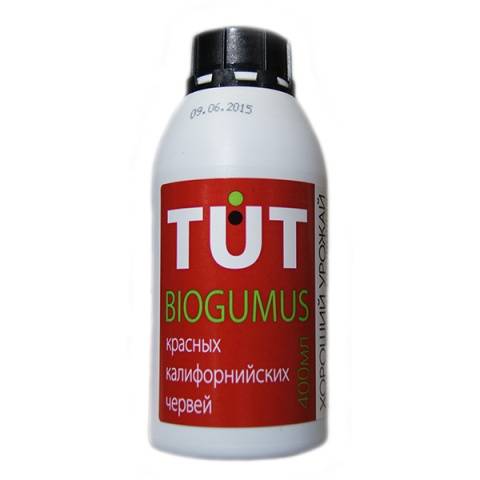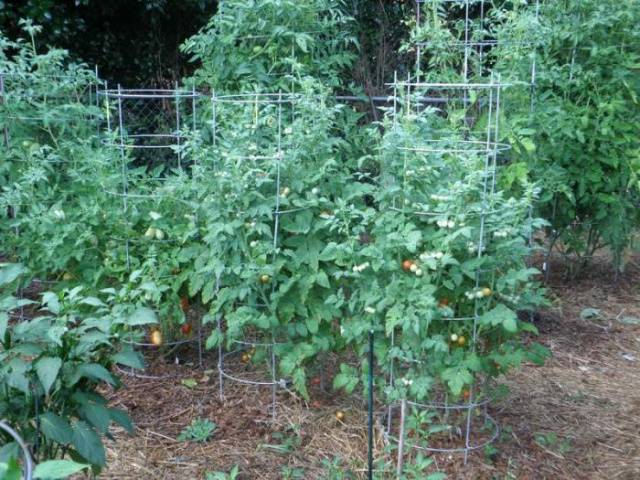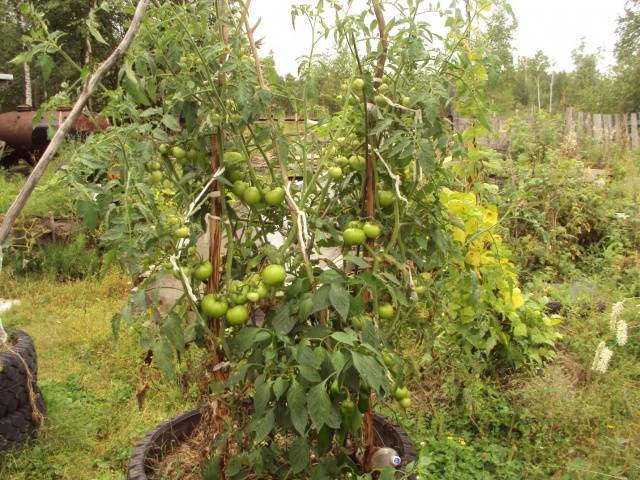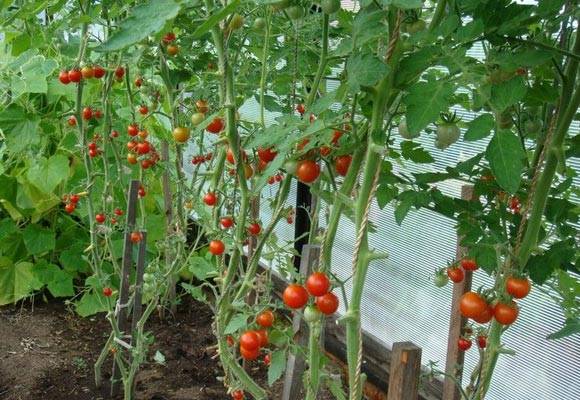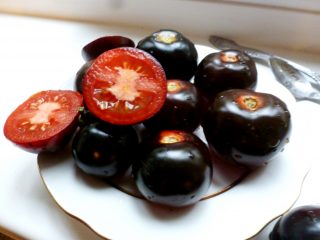Content
Perhaps, any person in one way or another related to gardening, could not help but hear about the tomato miracle tree Octopus. For several decades, a wide variety of rumors about this amazing tomato excite the minds of gardeners. Over the years, many have already tried to grow an Octopus tomato in their plots, and the reviews about it are sometimes the most controversial.
Many are disappointed that it was not possible to grow even something similar to a unique, sprawling plant from the picture, while others are quite satisfied with the growth power of their planted bushes and consider the Octopus a quite good indeterminate hybrid, which can both taste and yield. compete with many other tomatoes. To some extent, both are right, the Octopus tomato itself is an ordinary hybrid, differing only in its enormous growth force.
The popularity of the Octopus tomato played a good service - it had several more brothers and now gardeners can choose from a whole family of octopuses:
- Octopus cream F1;
- Raspberry Cream F1;
- Orange cream F1;
- F1 chocolate cream;
- Octopus cherry F1;
- Octopus raspberry cherry F1.
In the article you can get acquainted with both the different methods of growing the Octopus tomato hybrid, and with the features of its new varieties.
Description
Tomato Octopus was bred presumably by Japanese breeders in the 70s and 80s of the last century. At least all the initial experiments with growing tomato trees took place in Japan, which is famous for its unexpected discoveries and inventions.
At the beginning of the XXI century, this hybrid was entered into the State Register of Russia. The Sedek agricultural company became the patent holder, whose specialists have developed their own technology for growing tomato trees. Tomato Octopus has the following characteristics:
- The hybrid belongs to the indeterminate tomato and is characterized by strong vigor of lateral shoot growth;
- In terms of ripening, it can be attributed to late-ripening tomatoes, that is, from the appearance of full shoots to the ripening of tomatoes, at least 120-130 days pass;
- The yield when grown under normal conditions in open ground is about 6-8 kg of tomatoes per bush;
- The hybrid belongs to the carpal type, 5-6 fruits are formed in the brush, the clusters themselves appear every three leaves.
- Octopus is highly heat-resistant and resistant to most common diseases. Among them are apical and root rot, tobacco mosaic virus, verticillium and powdery mildew;
- The fruits of this tomato have excellent taste, they are dense, juicy and fleshy. The average weight of one tomato is 120-130 grams;
- The shape of the tomatoes is round, slightly flattened. The color is bright, red;
- Octopus tomatoes are distinguished by their ability to long-term storage.
If you keep in mind only the characteristics listed above, then you are presented with only an ordinary indeterminate mid-late hybrid with good yield indicators.
Special growing technologies
In addition to the above characteristics, manufacturers indicate the possibility of growing this hybrid in the form of a tomato tree. And then absolutely incredible figures are given, from which any gardener will go dizzy with delight. That the tree will be up to 5 meters high, that it needs to be grown for at least a year or even two, and that its crown area can spread up to 50 square meters. And the most important thing is that from one such tree you can collect up to 1500 kg of delicious tomatoes.
The most interesting thing is that all these numbers are not an exaggeration, just as the tomato trees themselves cannot be called myth or fiction. They do exist, but in order to obtain such results, special conditions and adherence to a special cultivation technology are required.
Firstly, such tomato trees cannot be grown in one summer season, even in the southernmost regions of Russia. Therefore, it is necessary to have a greenhouse that will be heated during the cold period. In addition to heating, additional lighting will also be required in winter.
Secondly, such trees cannot be grown on ordinary soil. The use of hydroponics is necessary. In Japan, they went even further and applied a technology that made it possible to completely automate the process of oxygen and nutrients supply to the root system of tomatoes using a computer.
Specialists of the "Sedek" agricultural company have developed their own technology, which allows, in principle, to obtain the same result, but all measurements and control of solutions will have to be carried out manually, which increases the labor intensity of the process. A standard hydroponic growing technology is used, which can only be carried out in an industrial environment, so it is unlikely to be of interest to the vast majority of summer residents and gardeners.
Growing in greenhouses
For most gardeners in Russia, it will be more interesting to grow an Octopus tomato in ordinary polycarbonate or film greenhouses. Indeed, for the climatic conditions of open ground in central Russia, this hybrid is not suitable, like any late-ripening tomato. But in a greenhouse from one bush it is quite possible to grow about 12-15 buckets of Octopus tomatoes for the entire warm season.
To obtain such results, the seeds of this hybrid for seedlings must be sown no later than January, optimally in the second half of the month. It is good to use disinfected soil with a high content of vermiculite and vermicompost for sowing. Maintain temperature conditions from the moment of emergence within + 20 ° + 25 ° С. But the most important thing is light. There should be a lot of it. Therefore, additional lighting for the entire period before planting seedlings in the greenhouse should function 14-15 hours a day.
Three weeks after the emergence of seedlings, the Octopus plants dive into separate containers, the volume of which should be at least 1 liter. This is necessary for the full development of the root system.
Watering at this stage should be moderate, but once every 10 days, the seedlings must be fed with vermicompost. It is possible to combine this procedure with watering.
Already in mid-April, tomato seedlings Octopus must be planted in a greenhouse in raised and compost-warmed ridges. Before transplanting, it is advisable to remove two pairs of lower leaves and to deepen the plants 15 cm into the ground. A handful of humus and wood ash is added to the planting hole.
Before the onset of stable warm weather, it is advisable to cover the planted seedlings of Octopus tomatoes with non-woven material on arcs.
The most important secret of obtaining large yields lies in the fact that the Octopus plants do not at all stepchildren.On the contrary, all formed stepchildren with tassels and ovaries are tied to rows of wire stretched under the ceiling of the greenhouse. Thus, by the middle of summer, a real Octopus tomato tree is formed up to two meters high and with a crown spreading about the same distance in width.
In addition, with the onset of hot summer weather, the tomato tree needs to provide a good flow of air through the vents and open doors.
Feeding with organic matter or vermicompost is also carried out regularly, at least once a week.
If everything has been done correctly, the first tomatoes will begin to ripen as early as mid-June. And fruiting will last until autumn, right up to frost on the street.
Growing a hybrid outdoors
In principle, for open ground, all the main points of growing an Octopus tomato remain the same as for a greenhouse. It should only be noted that it is possible to reveal all the possibilities of this hybrid only in the open ground of the southern regions, at a latitude south of Rostov-on-Don or at least Voronezh.
Otherwise, in the beds, it is very important to build a strong and voluminous trellis for these tomatoes, to which you will regularly tie up all the growing shoots. With early planting, it is necessary to provide for the protection of Octopus tomato seedlings from possible nighttime cold snaps. Some attention should be paid to the prevention of diseases and pests, since in open ground the probability of their occurrence, as a rule, is greater than in greenhouses. Although the Octopus shows high resistance to various problems and, as a rule, copes with them even without outside help.
Other Octopuses and reviews of gardeners
In recent years, other hybrids with the same name have appeared on the market and have become even more popular.
The main reason for their popularity among the people is the earlier terms of their ripening. Tomato Octopus Cream F1 can be safely attributed to mid-early tomatoes, ripe fruits appear within 100-110 days after germination. In addition, it is characterized by very beautiful fruits of almost the same shape and size, with a glossy skin, which look very attractive on bushes. Multi-colored Octopus cream retains all the same characteristics, differing only in the color of the fruit.
Tomato Octopus Cherry F1 was even entered into the State Register of Russia in 2012. It also has an earlier ripening period. In addition, it is even more productive than the usual Octopus. At least when grown under normal greenhouse conditions, up to 9 kg of tomatoes can be obtained from one bush.
Since, in recent years, gardeners have apparently come to terms with the fact that it is too difficult to grow a tomato tree from Octopus, reviews of these hybrids have become more optimistic. Many people still appreciate the yield, taste and great vigor of tomato bushes.
Conclusion
Tomato Octopus will remain a mystery to many gardeners for a long time, and its image of the tomato tree will help some of them constantly experiment and achieve unusual results. In general, this hybrid deserves attention, if only because of its yield and resistance to diseases and pests.

